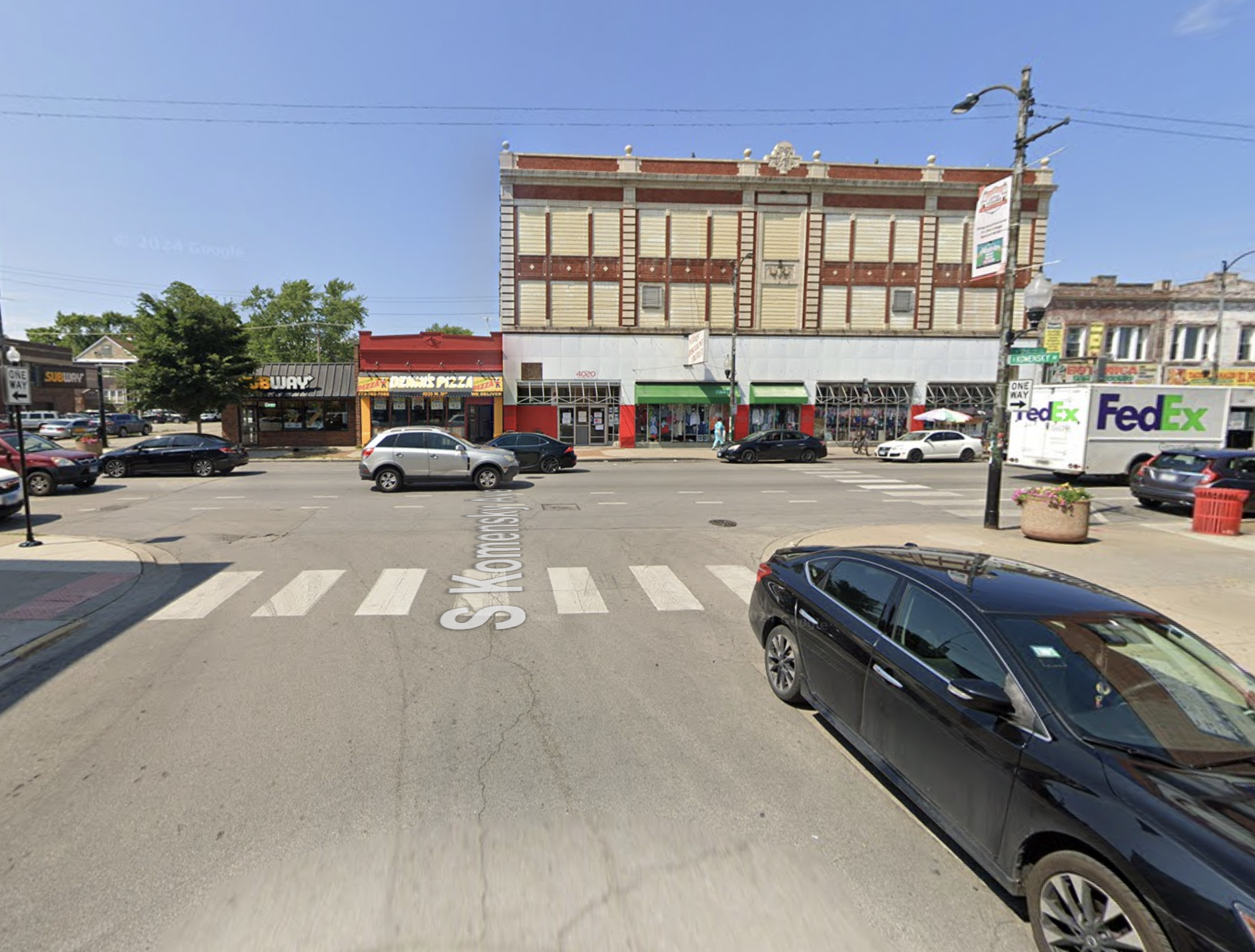In the 1960s sci-fi vision of the future, people moved around in flying cars, or better yet, got "beamed" from one place to another instantaneously. But the futurists of that generation got it wrong. The most influential technological breakthroughs are happening in the field of communications, not transportation.

But that doesn't mean the two aren't interrelated. We know that mobile communications devices compound the dangers of driving, while they can also help people get around without a car.
Jarrett Walker at Human Transit shares a new paper by Ben Schulman that investigates the historical link between communications technology and the form of cities:
The increasing prevalence of mobile communications technologies has important consequences for urban transportation. The new ability to carry your social life around with you, enabling instant connections regardless of physical location, has the potential to reconfigure how we think about time and mobility, and in turn how we build environments to suit our travel behavior. For example, it appears to be impossible to use smartphones safely while driving, so smartphone users have a motive to seek an alternative mode so that they can make use of their travel time.
Ben Schulman has an interesting take on this in his paper, The Car as Smartphone: Effects on the Built Environment and Sociality, which you can download below. He places the smartphone in a continuity of change in human communications technology, and traces how those technologies have helped to shape our cities.
This idea is a larger envelope around the familiar idea that all cities are built around the transportation technologies of the time. Transportation, after all, is one kind of communication tool...
There is a lot to digest here, but it is well worth a read in order to situate these trends within an academic urbanist frame of reference. My take is that the role of communication is hugely important, but must be understood as an aspect of a broader web of economic and social relationships which together work to produce the space of the city.
If you want to check out Schulman's paper in its entirety, here's the link [PDF].
Elsewhere on the Network today: Getting Around Sacramento critiques news coverage of a recent barrage of collisions in which pedestrians and cyclists have been killed or injuries. Strong Towns considers the most efficient way to organize public service provision in cities, suburbs, and rural areas. And Wash Cycle posits that simply "being nice" may not be the best way to address conflicts between drivers and vulnerable road users.




